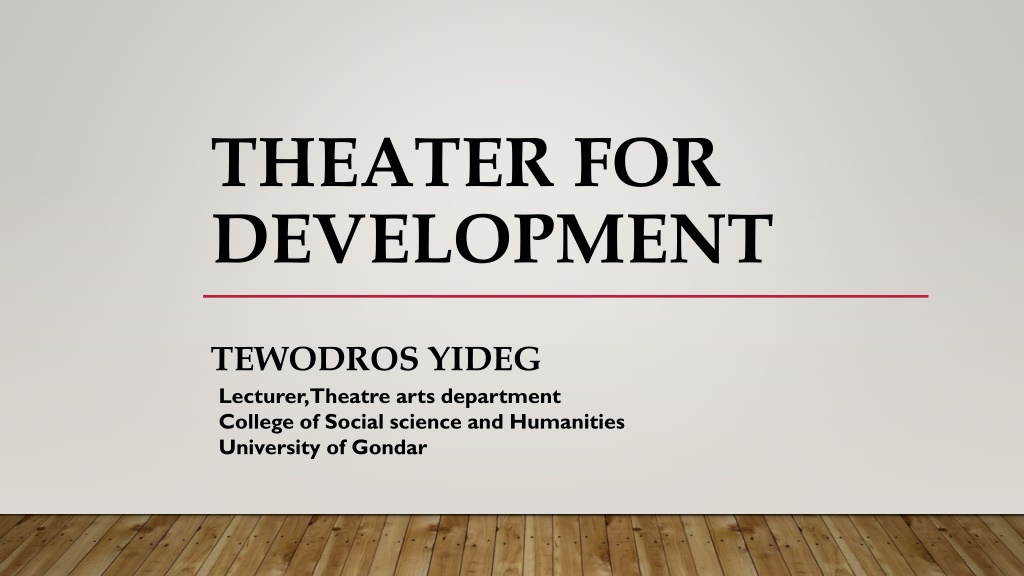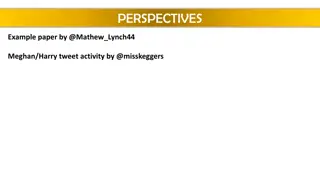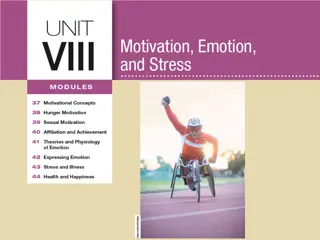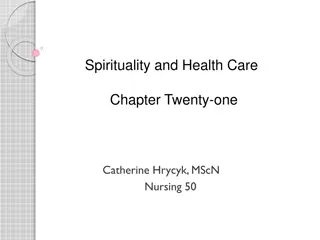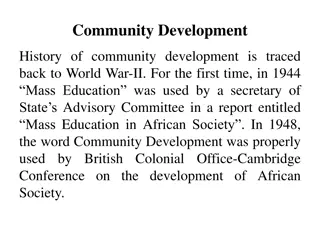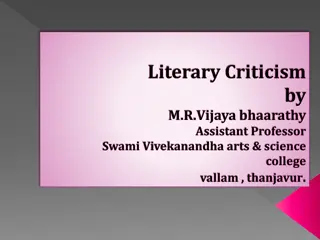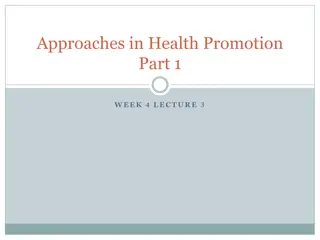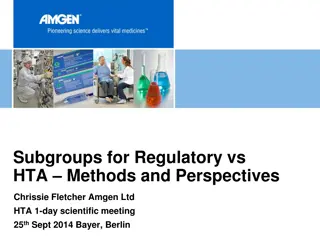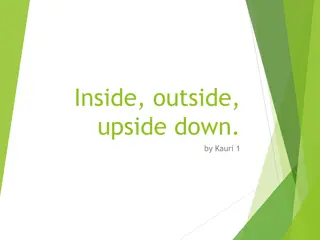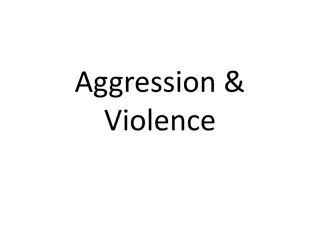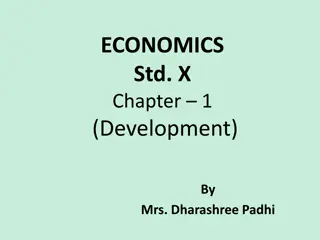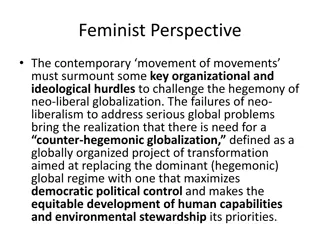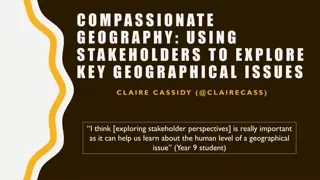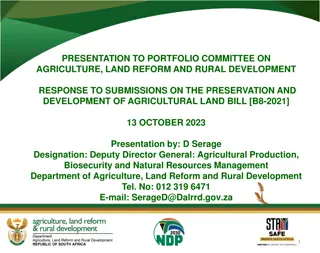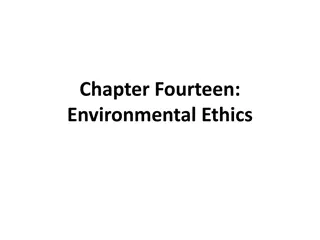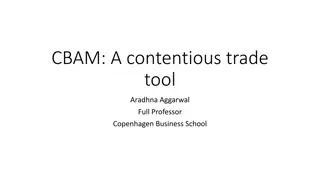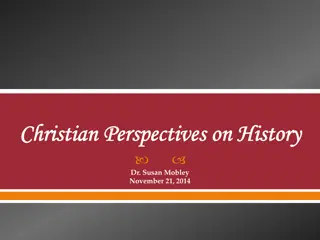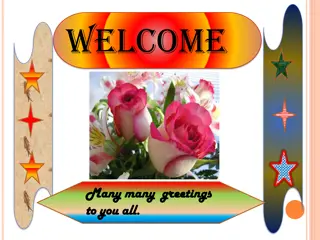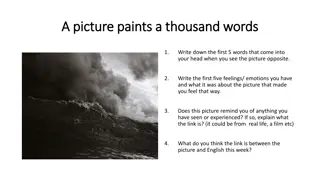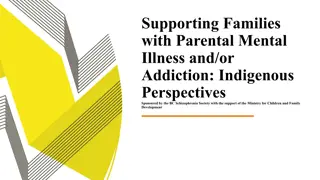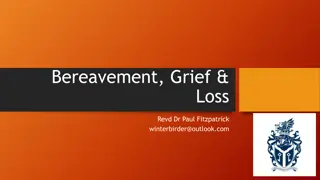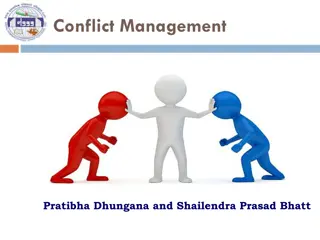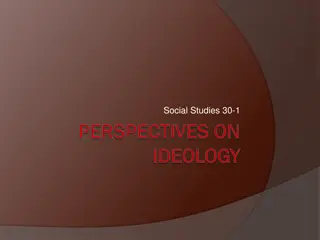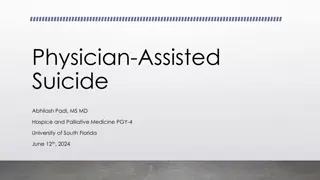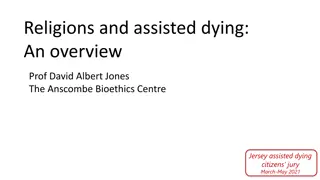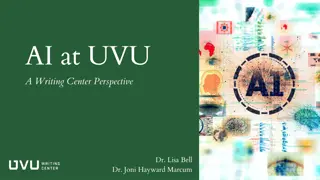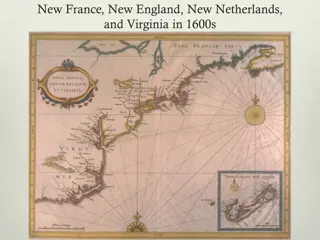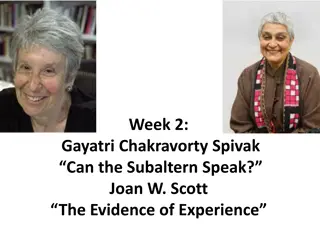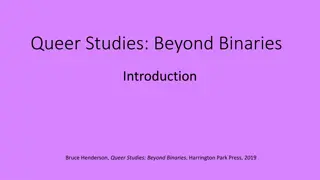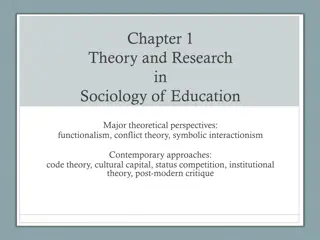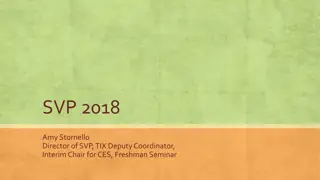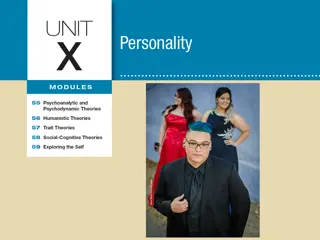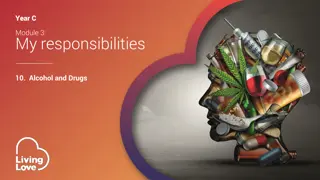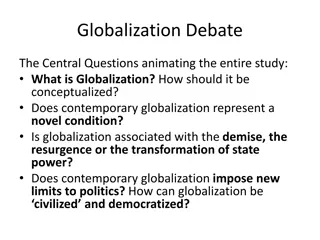Understanding Development Through Various Perspectives
Development is a complex concept encompassing societal capacity, individual well-being, and multi-dimensional improvements. Scholars like Gene Shackman, Octavio Paz, and Rodney offer diverse viewpoints on development, emphasizing social organization, growth, and material well-being. Key aspects of development include nutrition, mortality rate, consumption choices, capital accumulation, skilled labor, and technological progress. Economists and African leaders highlight the importance of GDP growth, health improvement, housing, employment, knowledge, and technological creativity. Todaro defines development as a holistic process that aims to enhance human lives by raising living standards, creating supportive conditions for self-esteem growth, and expanding freedom of choice.
Download Presentation

Please find below an Image/Link to download the presentation.
The content on the website is provided AS IS for your information and personal use only. It may not be sold, licensed, or shared on other websites without obtaining consent from the author. Download presentation by click this link. If you encounter any issues during the download, it is possible that the publisher has removed the file from their server.
E N D
Presentation Transcript
THEATER FOR DEVELOPMENT TEWODROS YIDEG Lecturer, Theatre arts department College of Social science and Humanities University of Gondar
THE CONCEPT OF DEVELOPMENT Development covers a wide range of human endeavor It has been difficult to offer an objective definition of the concept Some see development as a state or condition that is static Others see it as process or course of change.
CONTD. Gene Shackman says Development is a function of society s capacity to organize human energies and productive resources to respond to opportunities and challenges For Octavio Paz, development is an act of opening out that which is rolled up, to unfold, to grow freely and harmoniously Rodney (1972) also understands development as a many-sided process in which material well being is the ultimate goal at the level of individual, the achievement of which is very much tied to the state of society as a whole
CONTD. Schiavo-Campo and Singer (1970) consider development in terms of six key issues 1. Better nutrition, 2. Low mortality rate, 3. Broad choice of consumption, 4. Capital accumulation, 5. Skilled labour formation 6. technological progress.
CONTD. Most economists and African leaders at the dialogue mentioned the following as keys for development Increases in GDP, Improved health, Housing, and employment opportunities as well as knowledge, Information and Technological creativity
CONTD. Todaro (1997) provides what we consider a concise description of development when he says that development is not purely an economic phenomenon but rather a multi- dimensional process involving reorganization and reorientation of entire economic and social system . He also argues that development involves the process of improving the quality of all human lives. Hence, he offers three objectives of development 1. Raising peoples living levels incomes and consumption, level of food, medical services and education
CONTD. 2. Creating conditions conducive to the growth of people s self esteem through the establishment of social, political and economic systems and institutions which promotes human dignity and respect 3. Increasing people s freedom to choose by enlarging the range of their choice variables, for instance varieties of goods and services.
CONTD. From the previous definitions we can pin down some common concepts 1. The desire for changes that will affect citizens welfare positively. 2. it liberates them from poverty and inequality. development represents ideas and practices designed to bring about positive change in human societies, this makes development an act of freedom, just like the theatre.
SUSTAINABLE DEVELOPMENT It prioritizes 1. Social justice Empowerment Participation Social Mobility Social Cohesion Institutional Development
CONTD. 2. Ecological Balance Natural Resource Management Biodiversity Carrying Capacity Ecosystem
CONTD. 3. Cultural identity Tangible & Intangible Heritage Cultural Industries Cultural Pluralism 4. Self-reliance Balanced Growth Fair trade Equity Symmetric cooperation
WHY IS THEATER IMPORTANT IN DEVELOPMENT? Theater is indigenous and traditional to most cultures in the developing world, originating among rural masses initially It is therefore part of the community, arising from within the community, and so can be used to express the ideas of the members of the community because it belongs to the community It employs the idioms and symbols that are easily intelligible to the people (Srampickal, 1994, p.19), and is local, therefore has more credibility within the community
CONTD. Theater does not require any level of education or literacy it works with feelings and sensations and translates thoughts and concepts into identifiable experiences. It thus has universal appeal and application. Theater is also a live experience, an active art, as it is face-to-face communication, with a potential for immediate feedback
CONTD. Theater is the most accessible form of art for most populations in developing countries and its reliance on indigenous facilities and resources its sustainability - makes it affordable and cost-effective.
THE EFFECTIVENESS OF THEATRE AS A TOOL OF DEVELOPMENT. Theatre as entertainment, it can engage and hold the interest of large numbers of people, Theatre as an oral medium, it can involve many people who are left out of development activities because of their illiteracy or lack of understanding of the official lingua franca.
CONTD. Theatre as a means of cultural expression which everyone in the community is capable of and which can be kept within the control and use of the local people. Theatre as public or social activity which brings a community together and creates the context for cooperative thinking and action.
THEATRE FOR DEVELOPMENT Theatre for development aims to interrogate the structures of fixed reality in order to un-fix them. It attempts to subvert the dominant ideology, to re-order the received unities of time, space and character through fictional reconstruction of those unities (Kennedy Chinyowa, 2007) It is a potent educational tool for audiences struggling with illiteracy, as the method of delivery is both verbal and interactive and is most often reliant on indigenous cultural forms such as storytelling and dance.
CONT. Theatre for Development aims to offer an Alternative approach and medium by which theatre can be of direct service to the marginalized urban and rural peasant masses. It stresses community and inter-personal participation in self realization It plays a role as a social mobilizer and if you like conscientizer
CONTD. Uses existing and familiar performance forms in the various communities such as songs, dances, music, storytelling, puppetry and mime to either validate those cultural forms or serve as an adequate instrument to bring about social change in those communities. The underlying components of all TFD works are democracy, participation and sustainability
THEATRICAL ELEMENTS TO TFD Odhiambo (2001) highlights the theatrical elements particular to TfD 1. Subverting and democratizing the theatre space - both audience and actors have equal access to the space during and after the performance 2. Privileging performance over the written script (text); the audience is offered ample opportunities to intervene and interrogate the performance at the most critical moments.
CONTD. 3. Participation as a conscious act; as well as the negotiation of the meaning in creating the performance, participation within a performance is regarded as another part of the process and not an interruption of a final product. 4. Activating the audience: from spectator to spect-actor.
CONTD. 5. Choosing a viewpoint: the power of transformation; the transforming power of TfD lies in its ability to provide society with a lens through which it [can come to realize] . . . that reality and conditions can be changed (pp. 89 92).
CONTD. As Theatre for Development evolves from being a channel of one-way communication of a propaganda message into a dialogical forum for the articulation and activation of community needs, so the assessment of its efficacy becomes increasingly problematic and its relationship to the existing power structures which control that community becomes complex and, at times contradictory. (Tim Prentki, 1996)
THEATRE OF THE OPPRESSED Theatre of the Oppressed is a theoretical framework and set of techniques developed by Brazilian artist Augusto Boal. Boal techniques for the Theatre for the Oppressed include: Forum Theatre, Invisible Theatre, Rainbow of Desire, and Legislative Theatre
CONTD. Augusto Boal (2008) argues that Aristotle proposes a poetics in which the spectator delegates power to the dramatic character so that the latter may act and think for him. Brecht proposes a poetics in which the spectator delegates power to the character who thus acts in his place but the spectator reserves the right to think for himself, often in opposition to the character. In the first case, a catharsis occurs; in the second, an awakening of critical consciousness.
CONTD. Hence he proposes poetics of the oppressed which focuses on the action itself In Boal s poetics of the oppressed the spectator delegates no power to the character (or actor) either to act or to think in his place; on the contrary, he himself assumes the protagonic role, changes the dramatic action, tries out solutions, discusses plans for change in short, trains himself for real action. (p. 98)
FORUM THEATRE Forum Theatre is the most common performative expression of Theatre of the Oppressed, and therefore the most familiar and popular of all of its forms Forum is a type of theatrical performance game that was borne out of another form of participatory theatre called simultaneous dramaturgy, in which audience members are asked to inform the actors on what to do next.
OBJECTIVES OF FORUM THEATRE To foster dialogue and to generate ideas and possibilities for future action. Explore issues of oppression, and most commonly the subjects and story lines originate from real experiences of the community members, developed during a series of workshops and rehearsals. serves as rehearsal for real life, where participants can develop tactics to fight the oppression they face. From Forum branches direct actions.
STEPS IN FORUM THEATRE Actors present a short play or scene in which the protagonist does not achieve their goal. A request is then made to the audience to change the outcome so that the protagonist wins. An audience member simply says STOP! when they wish to change the action, then joins the actors on stage to assume the role of the protagonist. The play then continues with the audience member attempting to change the outcome by making new choices
CONTD. The spect-actor challenges the monologic approach and functions to democratize the stage space not to destroy it! rendering the relationship between actor and spectator transitive, creating dialogue, activating the spectator and allowing him or her to be transformed into the spect-actor (A. Boal, Legislatve Theatre 67). The Joker is a sort of Master of Ceremonies Facilitator, Spectator and actor
JOKER 1. Mediate between characters and audiences 2. Comment critically on the narrative 3. at certain points, intervene directly in the action 4. As with the spect-actor, the Joker breaks the divide between the traditions of spectator and actor, speaking directly with both actors and spect-actors 5. work to disrupt, preventing complacency
IMAGE THEATRE Image theatre: the spectators intervene directly, speaking through images made with the actors bodies; Image Theatre consists of physical representation of thoughts and ideas through the raw expression of the body, an individual s most fundamental artistic tool Spectators are asked to observe these images and reflect on what they witness
CONTD. participants explore issues of oppression by using nonverbal expression and sculpting their own and other participants bodies into static physical images that can depict anything concrete or abstract, such as a feeling, issue, or moment. The spectator is asked to express his views on a certain theme of common interest that the participants wish to discuss. The participant is asked to express his opinion, but without speaking, using only the bodies of the other participants and sculpting with them a group of statues, in such a way that his opinions and feelings become evident. (Boal, 2008: 112)
INVISIBLE THEATRE Invisible Theatre consists of the presentation of a scene in an environment other than the theatre, before people who are not spectators. It is enacted in a place where people would not normally expect to see one, for example in the street or in a shopping center. The performers attempt to disguise the fact that it is a performance from those who observe and who may choose to participate in it, encouraging the spectators to view it as a real event.
CONTD. The people who witness the scene are those who are there by chance. The events are usually scripted but the audience is unaware of this It erupts in a location chosen as a place where the public congregates. All the people who are near become involved in the eruption and the effects of it last long after the skit is ended.
LEGISLATIVE THEATRE Legislative Theatre is an extension of Boal s Forum Theatre techniques and functions to determine the need for, create, and enact laws Legislative theatre is similar to Forum Theatre, but instead of acting out a scene where someone is being oppressed, the subject of the performance is a proposed new law. Spect-actors can take to the stage, express their opinions and support, oppose or modify any of the proposals.
CONTD. Legislative Theatre begins like most Forum performances: a scene or series of scenes is presented to an audience, which, in their transformation into spect-actors, propose solutions in the form of interventions. At the conclusion of the scenes, everyone in attendance is asked to review the scene of oppression and all the solutions they proposed and recommend laws that will fix the presented problem.
RAINBOW OF DESIRE Rainbow of Desire uses Image and Forum techniques to investigate internalized oppression. This highly therapeutic series of techniques asks participants to explore how external oppression causes us to oppress ourselves and helps to identify greater social issues and identify opportunities and even action for change.
CONTD. That is because it is much more difficult to make theatre from what is hidden in your mind, maybe hidden from yourself. You do not know, so you have to go through regions in your head, which are not clear to yourself. All forms of Rainbow of desire are ways of externalizing the oppression that you have internalized
PROCESS OF CREATING TFD 1. Identify a Need Which subject is important for group to talk about? What issues would they like to address? 2. Declare Aims and Objectives 3. Determine your Audience 4. Decide a Method the best means of presenting the subject matter
PROCESS OF CREATING TFD 5. Facilitation The job of a facilitator is to remind the group of how the exercises and tasks at hand relate to the overall aim of conveying a message to the community. In doing so it's important for the facilitator to offer tools and suggestions that help enable participants to create their own ideas rather than teaching participants the answers. A good tool for doing so is to ask open questions. An open question cannot be answered with a simple yes or no.
PROCESS OF CREATING TFD 6. Building a dramatic structure The dramatic structure is a record of the sequence of events in your performance. Once the key turning points have been established, we can begin to build a dramatic structure by asking questions that fill in the gaps about what has to happen before and after these points.
PROCESS OF CREATING TFD 7. CREATING A PERFORMANCE When creating performance it is best to keep the performance methods simple so that they are easily accessible to the group and adaptable to any location of which the performance might be held.
PROCESS OF CREATING TFD 7. Relationship between Performers and Audience The performers should communicate with the audience as a part of the actual performance.
PROCESS OF CREATING TFD 7. Post show activities Discussion Interactive Role Play Providing information and resources
